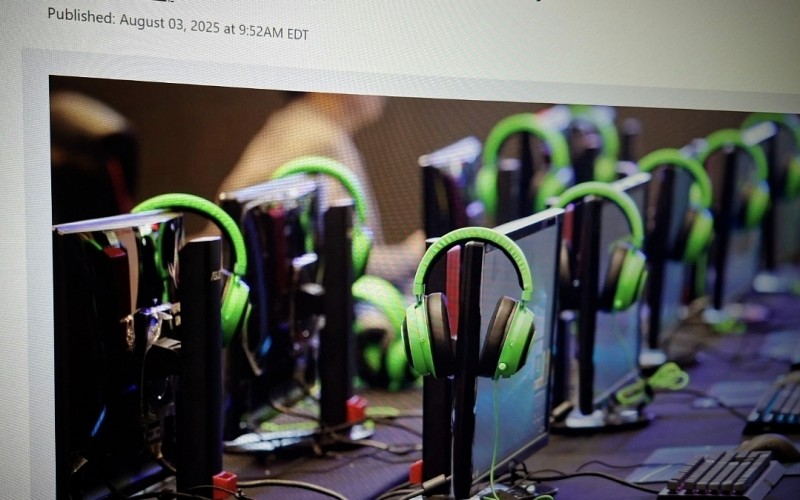In interviews with 13 content moderators, industry experts and members of anti-extremism organizations, researchers heard that far-right messaging was the most commonly spread, including neo-Nazism, attacks on women, racialized and LGBTQ2S+ communities, and the spread of conspiracy theories like QAnon.
“These gaming-adjacent platforms offer extremists direct access to large, often young and impressionable audiences,” co-author William Allchorn said in a release. “They have become a key tool for extremist recruitment.”






Comments
make a comment